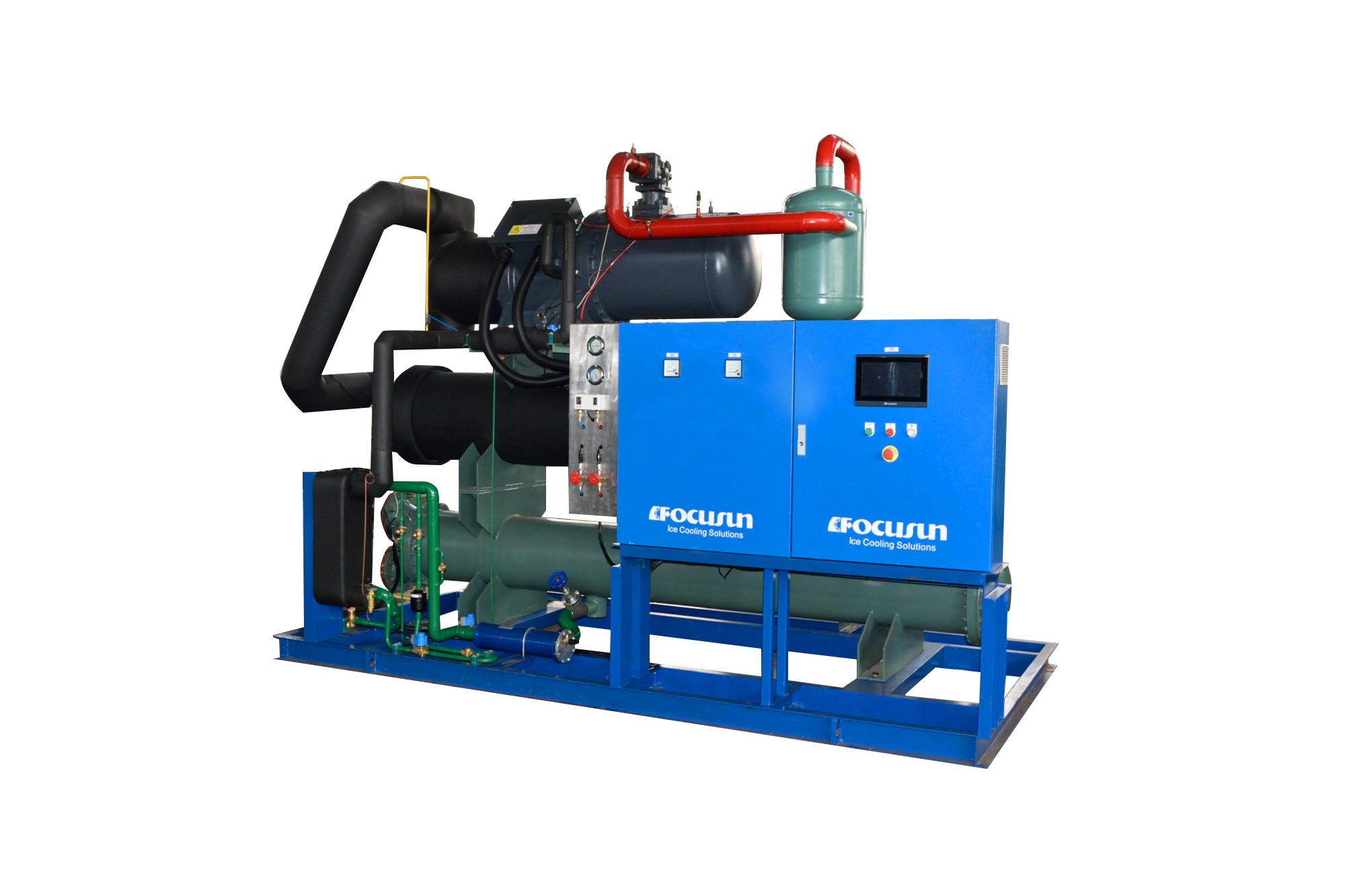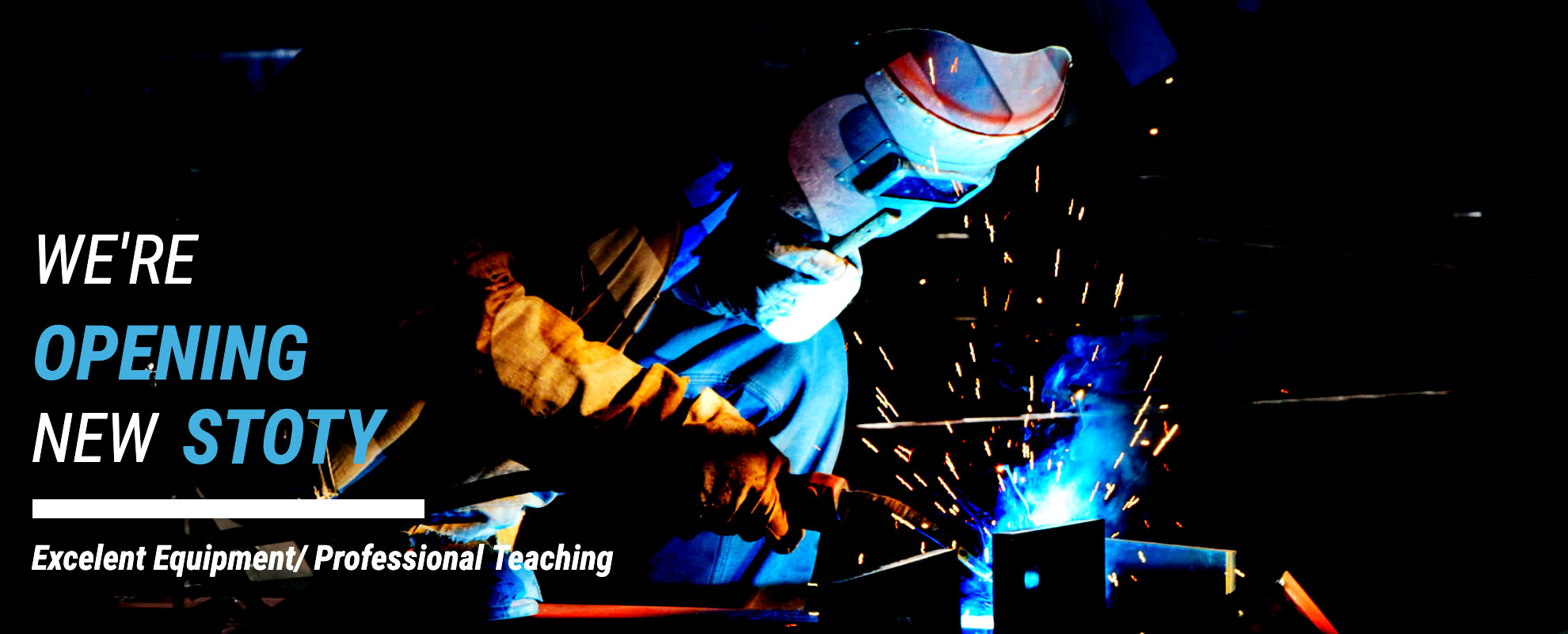Water chiller is a device designed to provide constant temperature, flow, and pressure for cooling water. Its primary function is to absorb heat and discharge it through a refrigerant cycle to achieve cooling effects. The working principle of a water chiller is based on evaporative cooling and compression cycle principles, operating through an internal refrigerant circuit.
Specifically, the water chiller contains an evaporator that exchanges heat with the cooling water, absorbing heat from the water and lowering its temperature. The low-pressure liquid refrigerant in the evaporator absorbs heat and evaporates into gas. This gaseous refrigerant is then drawn into a compressor, where it is compressed, raising its temperature and pressure. The high-temperature, high-pressure gas then enters a condenser, where it exchanges heat with cooling water or air, cooling and condensing into liquid while releasing heat. The refrigerant, after condensation, passes through an expansion valve back into the evaporator, completing the cycle.

Water chillers are mainly categorized into air-cooled and water-cooled types. Air-cooled water chillers use fans to blow air over the condenser to cool the refrigerant, while water-cooled water chillers use water circulation for cooling. Additionally, water chillers can be further classified based on installation and usage into standalone water chillers and immersed water chillers. Standalone water chillers come with their own water pump and connect to the water tank via inlet and outlet pipes, independent of the main unit’s water tank. Immersed water chillers, however, do not have a water pump and must be installed above the water tank of the main unit, with copper pipes submerged in the water.

In summary, water chillers are efficient and reliable cooling devices that offer significant technological support and assurance across various industries through their unique operating principles and broad application range.

